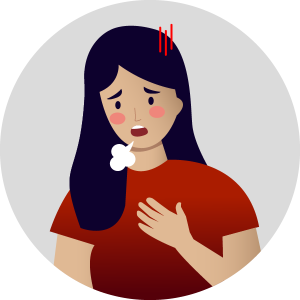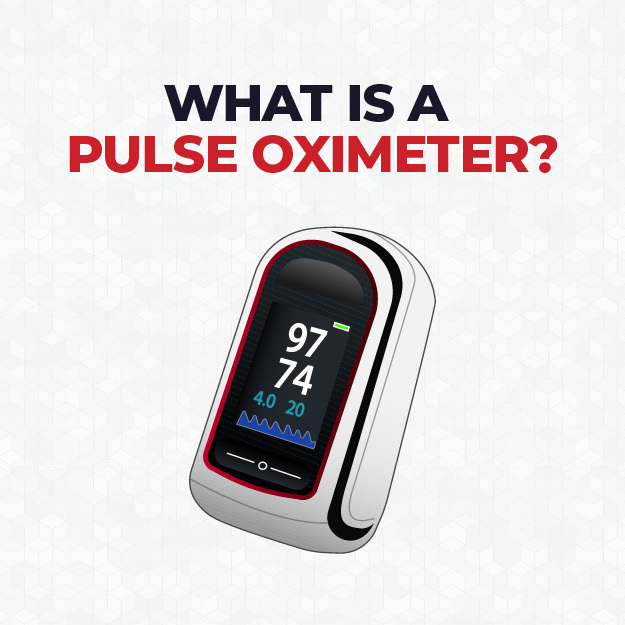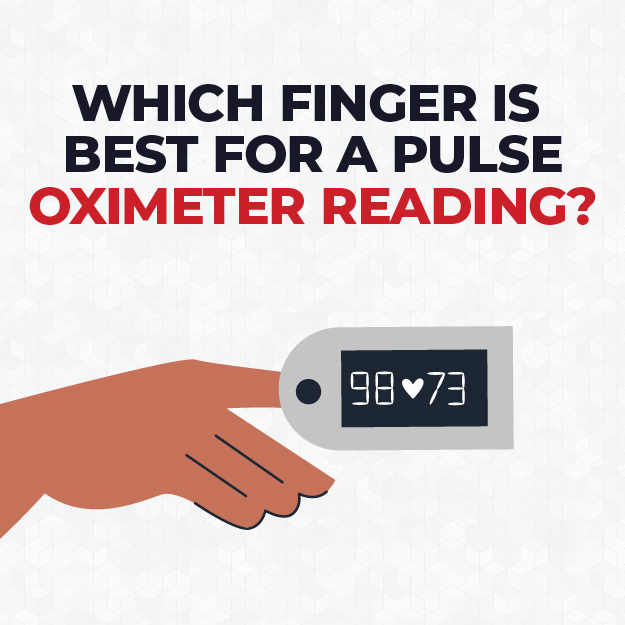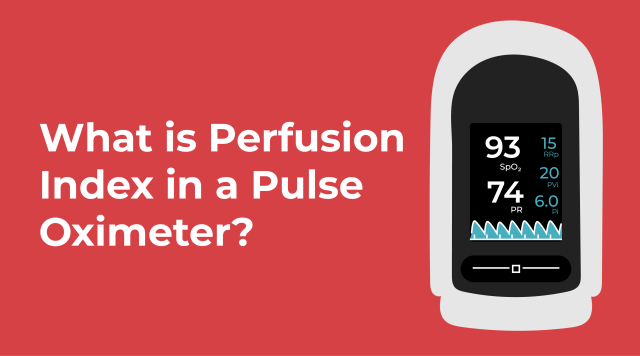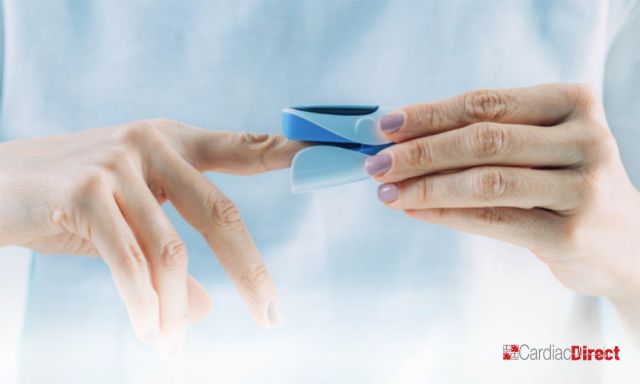What is a Pulse Oximeter?
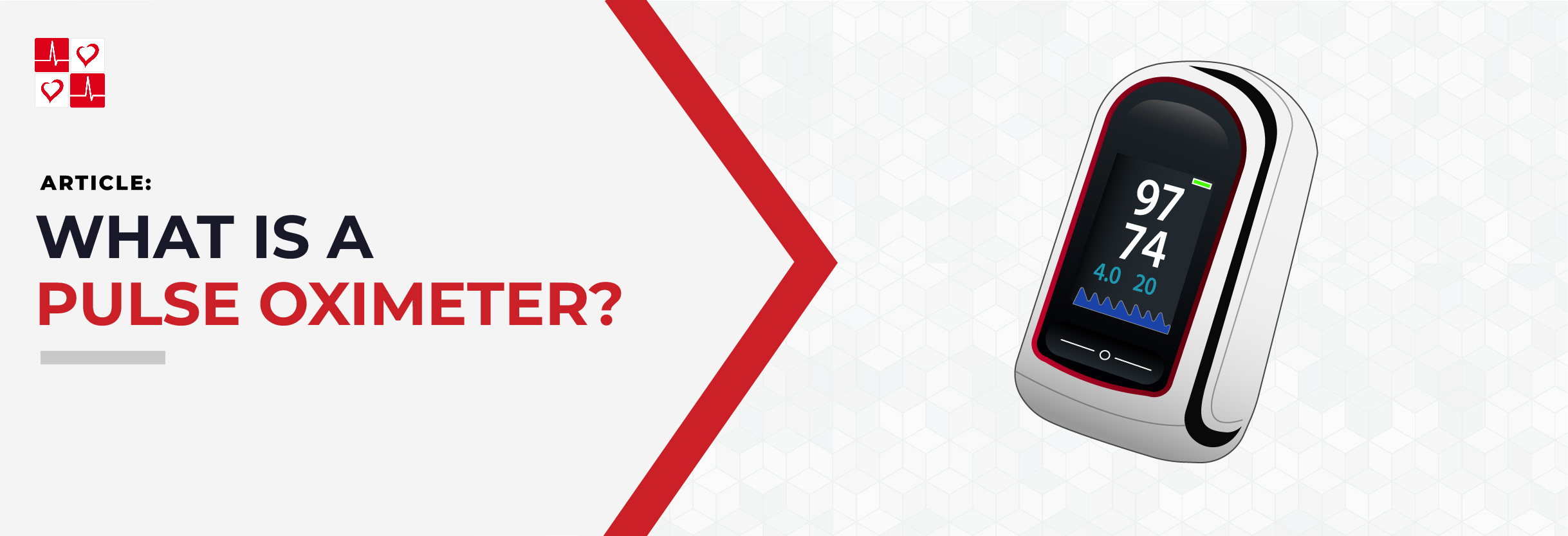
What is a Pulse Oximeter?
A pulse oximeter is a small, portable medical device typically clipped onto a fingertip used to measure the oxygen saturation level (SpO2) in the blood. Additionally, pulse oximeters can also measure the pulse rate and perfusion index.
Pulse oximeters are commonly used in hospitals, clinics, and home settings. They are especially useful for monitoring individuals with respiratory conditions like asthma, COPD (Chronic Obstructive Pulmonary Disease), or during surgeries.
How are Pulse Oximeters Used?
Monitoring Respiratory Conditions
Pulse oximeters assess respiratory function and ensure that patients are well oxygenated. This is particularly important in situations in surgery, anesthesia, or in intensive care units (ICUs).
Assessing Respiratory Conditions
Next, pulse oximeters are valuable tools for assessing and managing respiratory conditions such as asthma, chronic obstructive pulmonary disease (COPD), and pneumonia. Additionally, oximeters help monitor patients’ response to treatment.
Monitoring Cardiovascular Function
Finally, pulse oximeters can also provide information about cardiovascular function by assessing changes in heart rate and oxygen saturation. This is useful for monitoring patients with cardiac conditions such as heart failure, arrhythmias, or different types of heart disease.
Normal Range for Blood Oxygen Levels
The normal range for blood oxygen saturation levels (SpO2) is typically between 95% and 100%. An oxygen saturation level of 95% is normal for most people. Please refer to our Pulse Oximeter Reading Chart below.
Pulse Oximeter Readings Chart
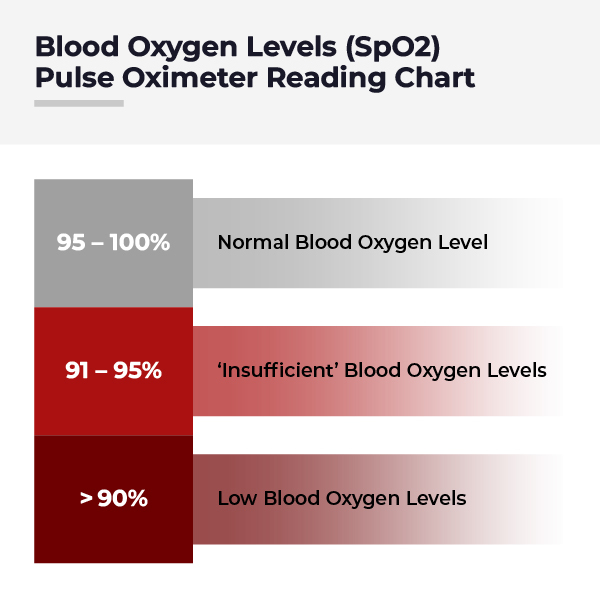
What is considered a Low Oxygen Level?
Levels below 90% may be a sign of hypoxemia, which can indicate respiratory or circulatory problems. However, the threshold for diagnosing hypoxemia can vary based on factors such as age or underlying health conditions.
